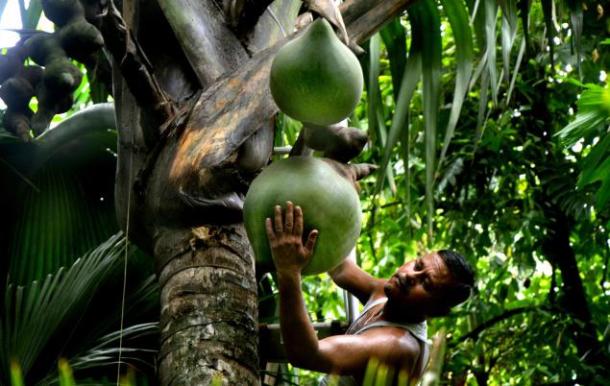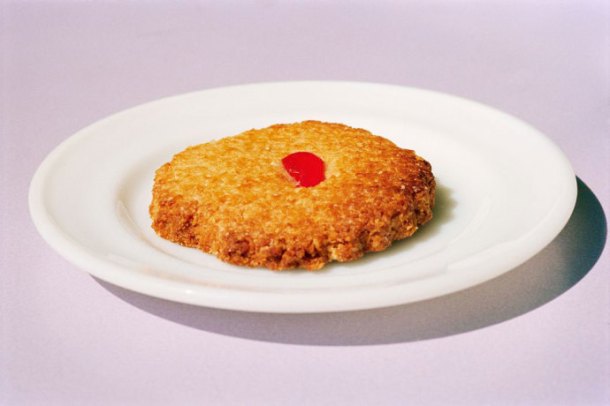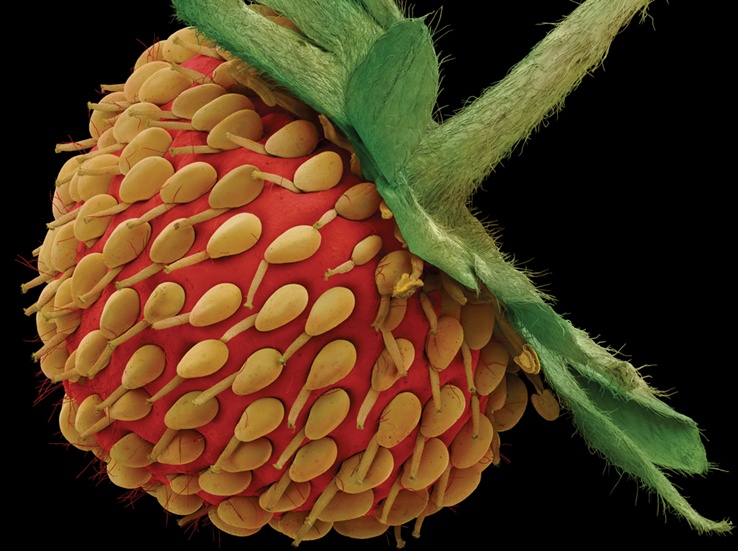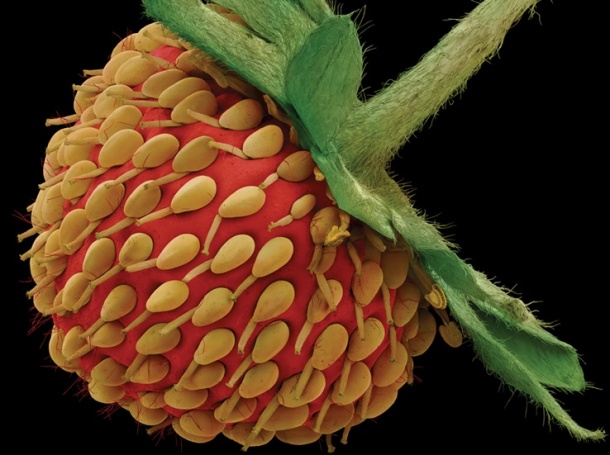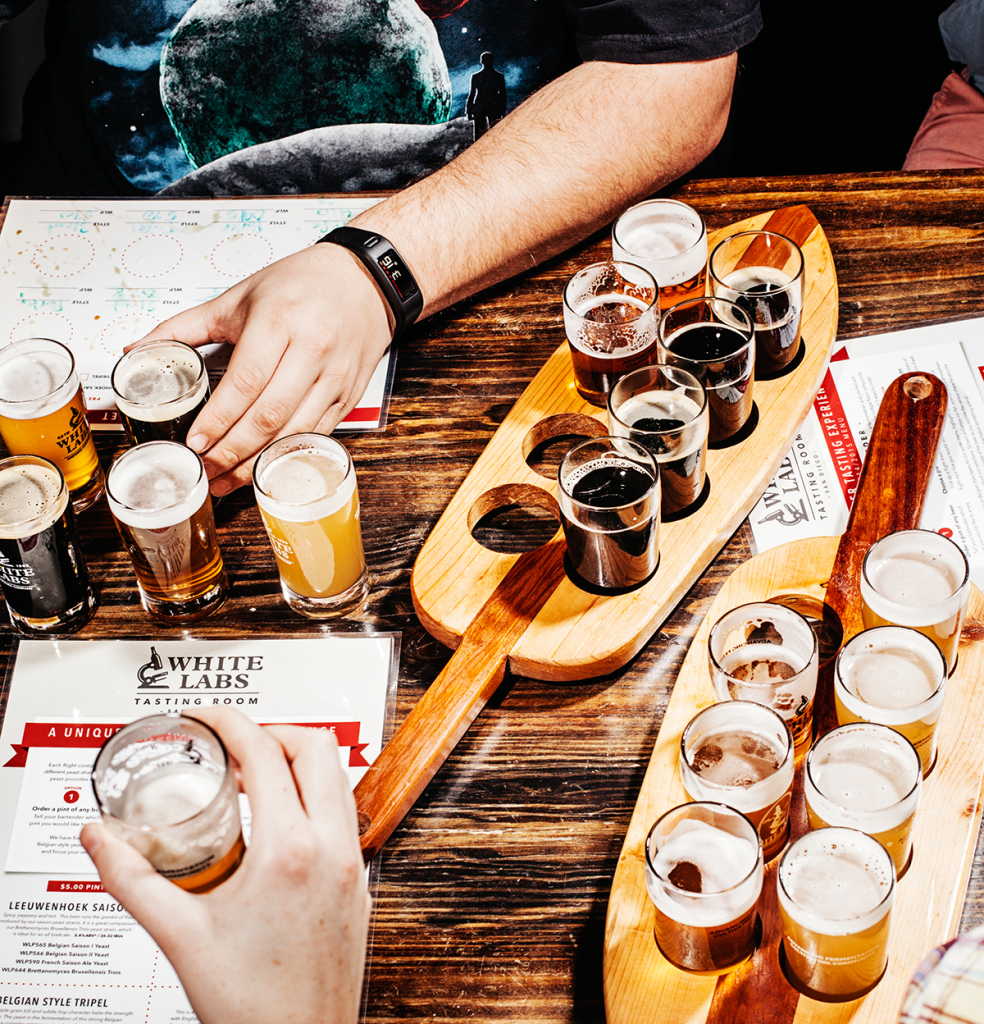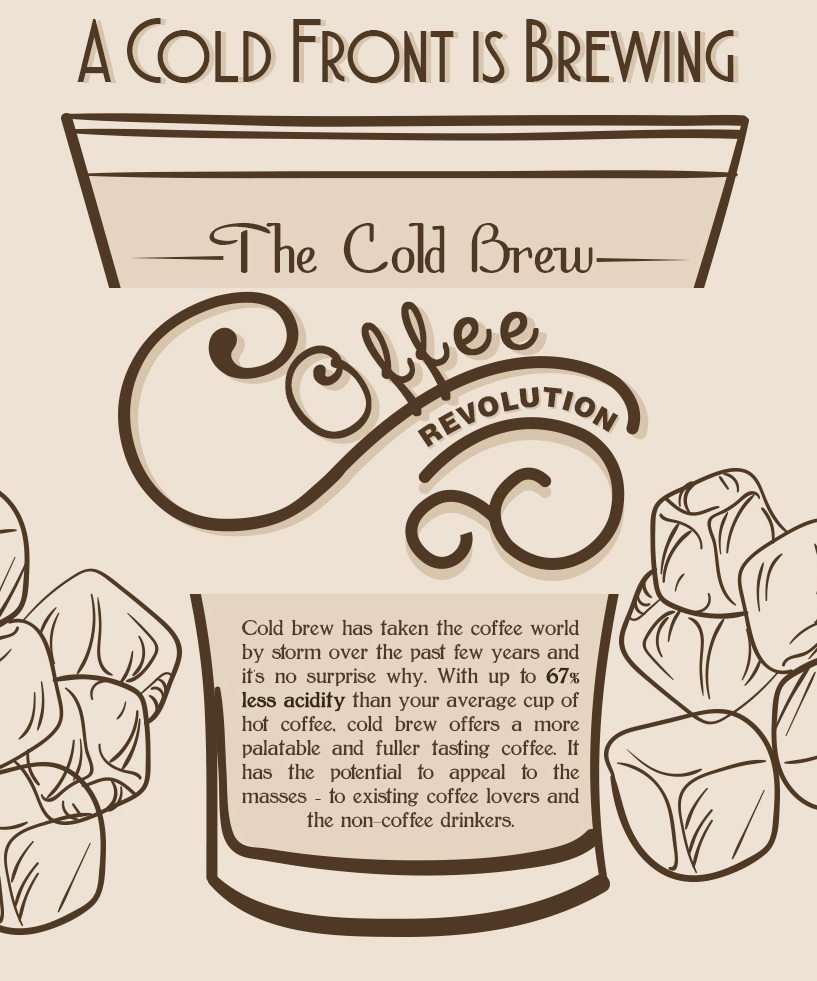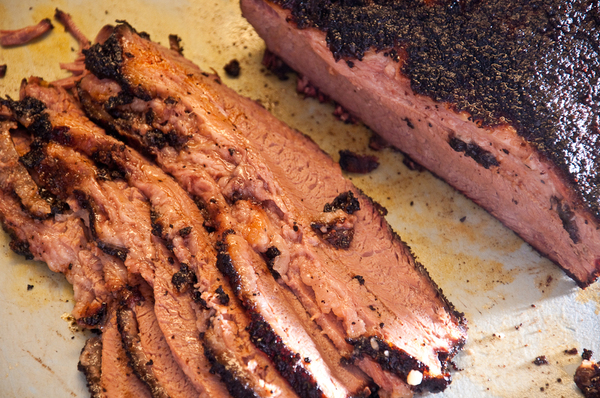Food Genomes & Food Safety
In more than two-thirds of cases arising from food-borne illnesses, the cause of the illness is never identified. However, the Food and Drug Administration has recently been using whole genome sequencing to track down the pathogens responsible for tainted foods in an effort to thwart outbreaks. Researchers at IBM Research and Mars Incorporated are also undergoing a project to sequence the DNA of the food supply chain to get a baseline of safe food ingredients.
Read more


